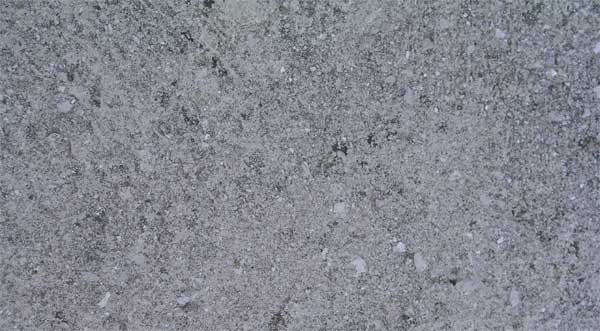
The cement concrete is a mixture of cement, sand, pebbles or crushed rock and water, which, when placed in the skeleton of forms and allowed to cure, becomes hard like a stone. The concrete has attained the status of a major building material in all branches of modern construction because of the following reasons:
- It can be readily moulded into durable structural items of various sizes and shapes at practically no considerable labour expenditure.
- It is possible to control the properties of cement concrete within a wide range by using appropriate ingredients and by applying special processing techniques – mechanical, chemical and physical.
- It is possible to mechanize completely its preparation and placing processes.
- It possesses adequate plasticity for the mechanical working.
Properties of Concrete
The cement concrete possesses the following important properties:
- It has a high compressive strength.
- It is free from corrosion and there is no appreciable effect of atmospheric agents on it.
- It hardens with age and the process of hardening continues for a long time after the concrete has attained sufficient strength. It is this property of cement concrete which gives it a distinct place among the building materials.
- It is proved to be more economical than steel. This is due to the fact that sand and pebbles or crushed rock, forming the bulk of cement concrete, to the extent of about 80 to 90 percent, are usually available at moderate cost. The formwork which is of steel or timber, can be used over and over again or for other purposes after it is removed.
- It binds rapidly with steel and as it is weak in tension, the steel reinforcement is placed in cement concrete at suitable places to take up the tensile stresses. This is termed as the Reinforced Cement Concrete or simply R.C.C.
- It has tendency to shrink under two conditions. There is initial shrinkage of concrete which is mainly due to the loss of water through forms, absorption by surfaces of forms etc. The cement shrinkage may also occur as it hardens. This tendency can be minimized by proper curing of concrete.
- It has a tendency to be porous. This is due to the presence of voids which are formed during and after its placing. However, it can be avoided or minimized if there is proper grading and consolidating of the aggregates. Also, minimum water-cement ration should be adopted to avoid such voids.
- It forms a hard surface, capable of resisting abrasion.
- Concrete comes to the site in the form of raw materials only. Its final strength and quality depend entirely on local conditions and persons handling it. However, the materials of which concrete is composed may be subjected to rigid specifications.

